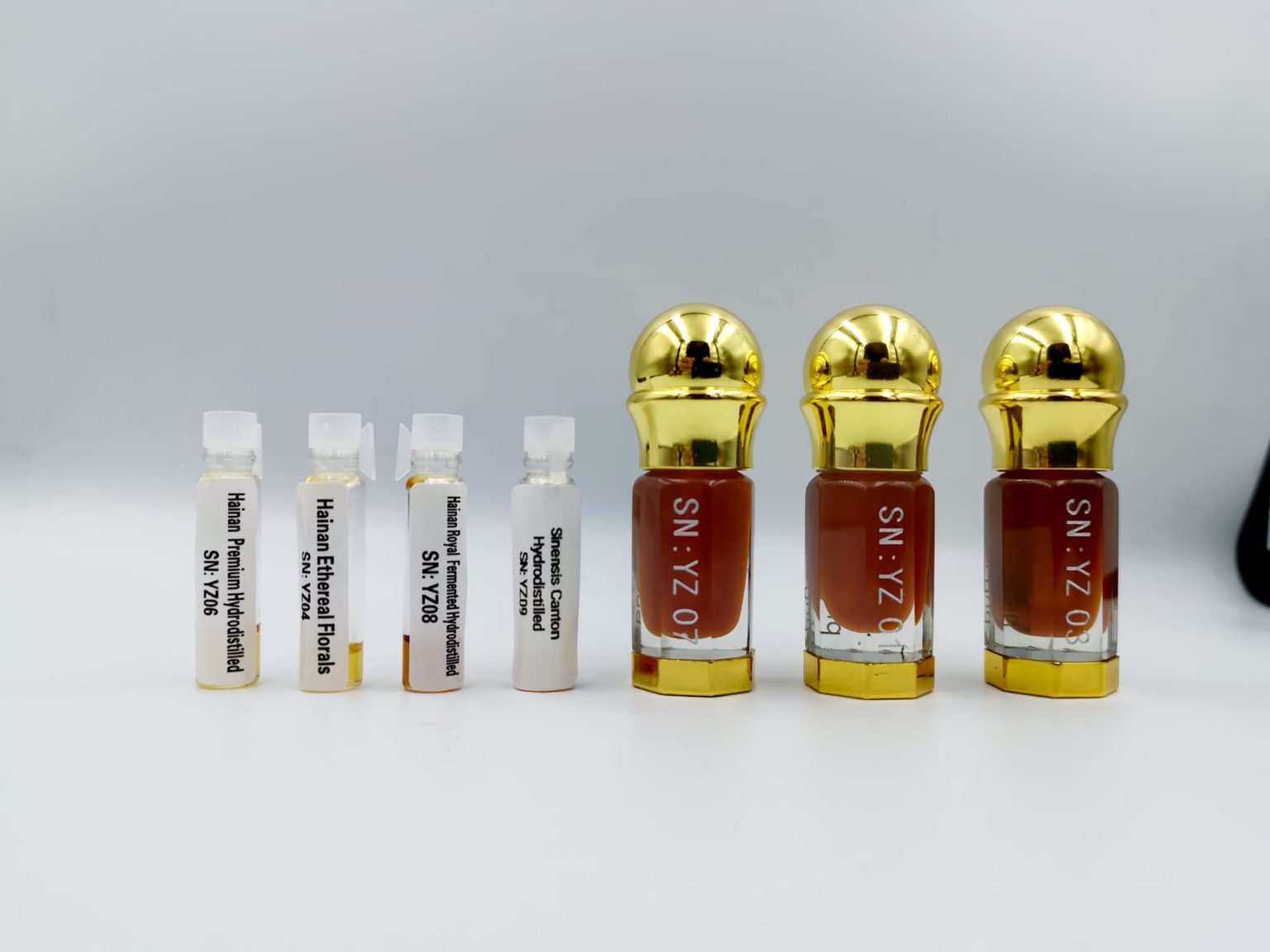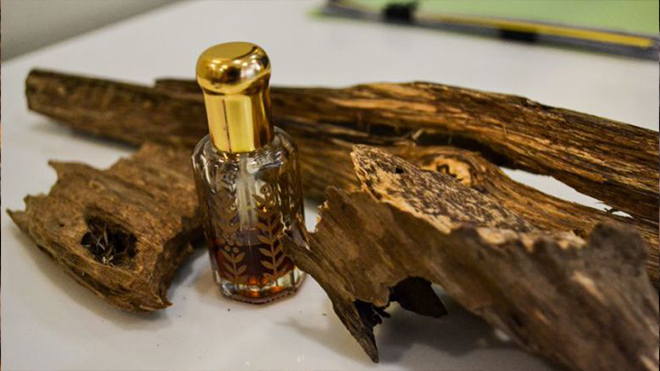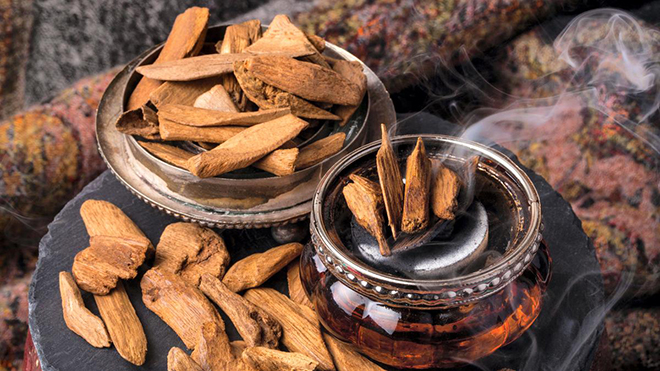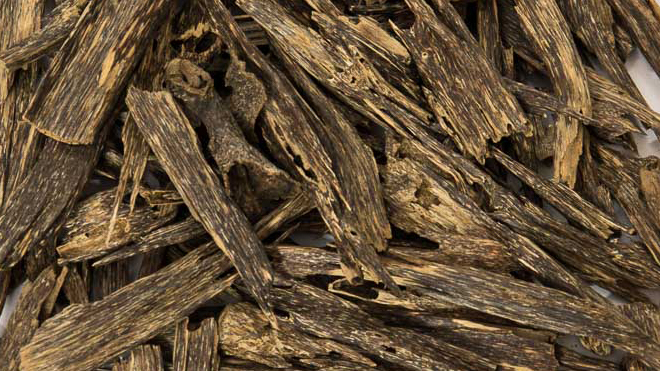The kings adored it. The thieves loved it. The frequent man walking on the road loved it. And, now’s odor industry loves it as well. Oud (or oudh) is also called agarwood, aloeswood or gharuwood.
Agarwood trees become infected with a sort of mold sooner or later in its lifetime and in reaction to the shrub produces a dark colored resin mainly concentrated in its heartwood. There are lots of types of agarwood; nearly around 30 different types. These trees are available mostly in the area stretching between Sri Lanka, India, and right up to Indonesia encompassing Vietnam, Laos, Thailand, Malaysia and Cambodia.
Now the crazy reserves are depleting and at a stage where we could confidently state that we’re in the conclusion of the access to naturally infected crazy agarwood. What we find in the current market is chiefly cultivated agarwood and usually not so outdated.

The best thing about agarwood is that if the oil is obsolete, it creates an intensely aromatic aroma, which is very intricate and incredibly beautiful in nature. Each agarwood species yields a different sort of odor. You will find as many scents since there are trees. Each bottle of oud oil will smell differently based on the era, distillation technique as well as also the area from where it’s obtained.
During distillation the artisan is usually able to get about 3~5% in weight of petroleum each kilo of agarwood being dried. The code of agarwood can vary anywhere from US$ 2,000 to high as US$ 25,000 per kilo. There are a few rare varieties which may bring much higher than that whereas there are a few that are not dried for petroleum; actually those are burnt as incense.
Let us do a Fast math:
About 10 kilos of all agarwood chips costing state US$ 5,000 each kilo is soaked a week ahead of distillation procedure to occur. Thus, we’re sitting on raw stuff value US$ 50,000 already. For each kilo of return we’re left with between 30~50 ml of pure oud oil. After distilling 10 kgs of agarwood we get anywhere between 300~500 ml of pure agarwood oil.
When we were to think about the greater return, i.e. 500 ml for each US $50,000 worth of raw materials (distillation expenditures, labour and spillages, additional!) , we receive a percent price of US$ 100+ per watt. In case the oud artisan were to add in his gains, expenditures incurred distillation, labour expenses, spillages, injuries, etc., he can, finally, wind up adding nearly 50~100 percent over and over his result cost and this new cost becomes their retail cost.
So, together with all of the mathematics we come to some conclusion which US $200 is a fair price that you pay each tsp of’Dahn al Oud’, as Arabs might love to predict (literally,’the fat of the timber’) to maintain your oud artisans in company.



